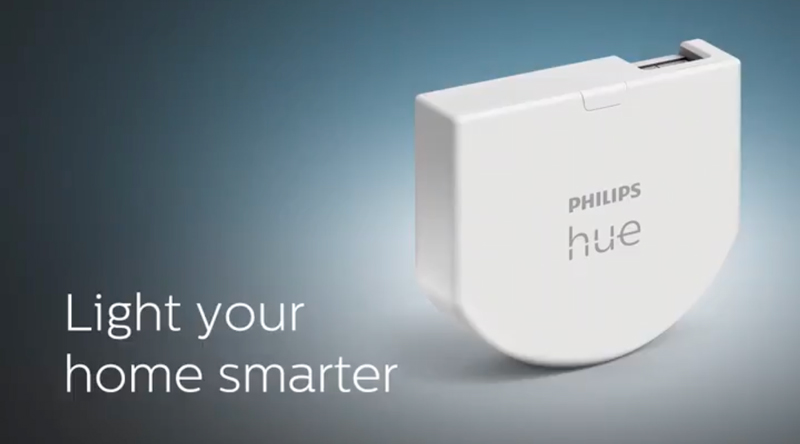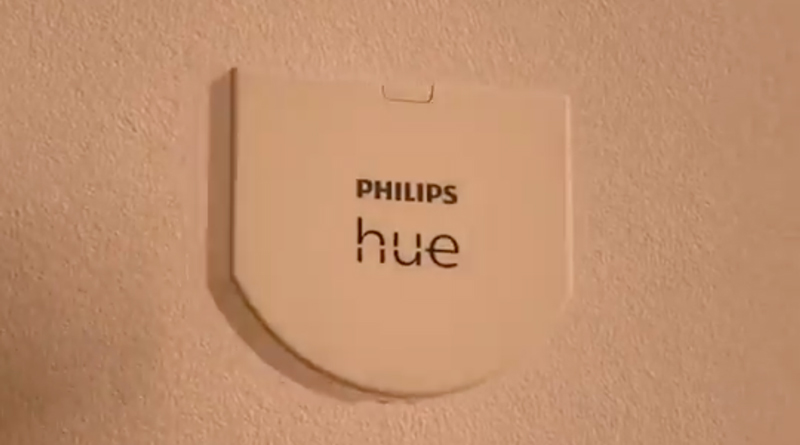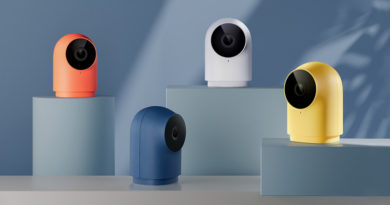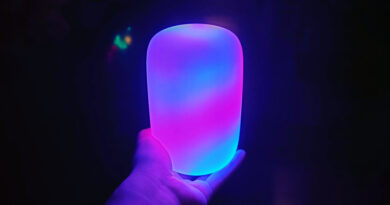Hue announce Switch Module
Philip hue has announced a new in-wall switch module that works with the company’s Hue bridge to allow direct control of your lighting once placed behind – and wired to – your own wall switches. The company themselves describe the switch thus;
The new Philips Hue wall switch module is the ideal addition to any Philips Hue set up. Installed behind existing light switches, it allows users to turn their existing switch into a smart switch and ensures their smart lighting is always reachable. Whether it is via the app or via voice control: no more getting up from the couch to turn on the switches that a family member or house guest might have turned off. Additionally, in the Hue app you can simply select light scenes and customize how the switch functions to personalize the ambiance even more. The Philips Hue wall switch module is battery powered and has a minimum battery life of at least five years.
So in effect, it would seem that whilst this is a standard relay in practice, much like the Aqara relay, for example, it is also designed to control your Hue Bulbs, allowing you to activate specific scenes that you may already have programmed into your Hue app.
A single unit will be priced at €39.99, with the US version presumably similarly priced. Looking at the design of the module, it would appear the initial version is designed for European style switch recesses. Hue has stated the EU version will be released first, in the Spring of 2021, with a US version released in the Summer.
The company have also officially announced an update to the Wireless Dimmer Switch that has been a staple of Hue users for many years, with a slightly newer and more minimalist design. When we get a chance to try one out, we’ll be posting a review of the product.








Sounds like a natural way to go for Hue. It surprise me a bit that (as it seams) you would only have the possibility to pass by the wires so that the light will have an always-on state, and the Switch will handle the lamp on/off/color through the bridge. If there were a possibility to let the switch handle the power as well, then I could have used it for every switch I have, regardless of lamp I have connected.
It will be interesting to see the complete spec for it. As of now, I can’t really see how this Switch stand out.
Thanks for a good one-stop-place regarding HomeKit.
//Johan
I’m still trying to work out all the details for the switch at present, but it seems that the module is controlled by the state of the switch it’s connected to, with the lights being, as you say, always powered. In this respect, it’s pretty much like any Friends of Hue Switch, like the ones from Vimar etc. the only difference is that this uses a battery, instead of energy harvesting technology, and you can use your own switch of course. However, as it uses your own switch, in order to get access to different scenes, it would appear you have to turn the lights on and off for 2 or 3 times, depending on what scene is programmed, which sounds odd. Glad you like the site!
Pingback: Philips Hue launches a long-awaited light switch module and more – The Verge – CoverStory
This is a puzzling product based on the information in the article. All other micro modules e.g. Fibaro, Aeotec, etc. are powered by the same circuit as the lights and manage power to the lights. This approach means they can work with a wired switch (usually momentary) and at least in the UK this is important as there is a requirement to have a wired switch able to control power to the lights.
If this Hue micro module controls power to the light but itself uses a battery and it sounds like it is intended to work with a wireless switch then you don’t get the required ability to have a real physical power switch as per UK requirements. If you also have a a physical wired switch as per requirements then you hit the same catch22 of smart bulbs in that someone may flip the wired switch and then there is no way for the Hue to turn it back on.
It also means that you realistically you can only locate the module behind or close to the wired switch and not as is often done with micro modules above the ceiling rose since you need access to replace the battery. It also means it will be very difficult to impossible to have two or more of these in the same area to service a 2, 3 or 4 gang light fitting.
If all the above is accurate this is an epic fail. It is not even as practical as the also flawed Lutron RadioRA2 Select product line which at least gets power from the cable and hence can be hidden in ceiling voids. If it had worked like other micro modules I would have considered doing my entire house with them.
The UK is a bit of an outlier with it’s requirements (switched sockets anyone? 😉) so I would wager there might either be a future UK version or you could simply be out of luck for this specific product 🤷🏼♂️
Pingback: Philips Hue lança novas lâmpadas e interruptores inteligentes – MacMagazine.com.br
Pingback: Philips Hue lança novas lâmpadas e interruptores inteligentes - Techannet.com.br